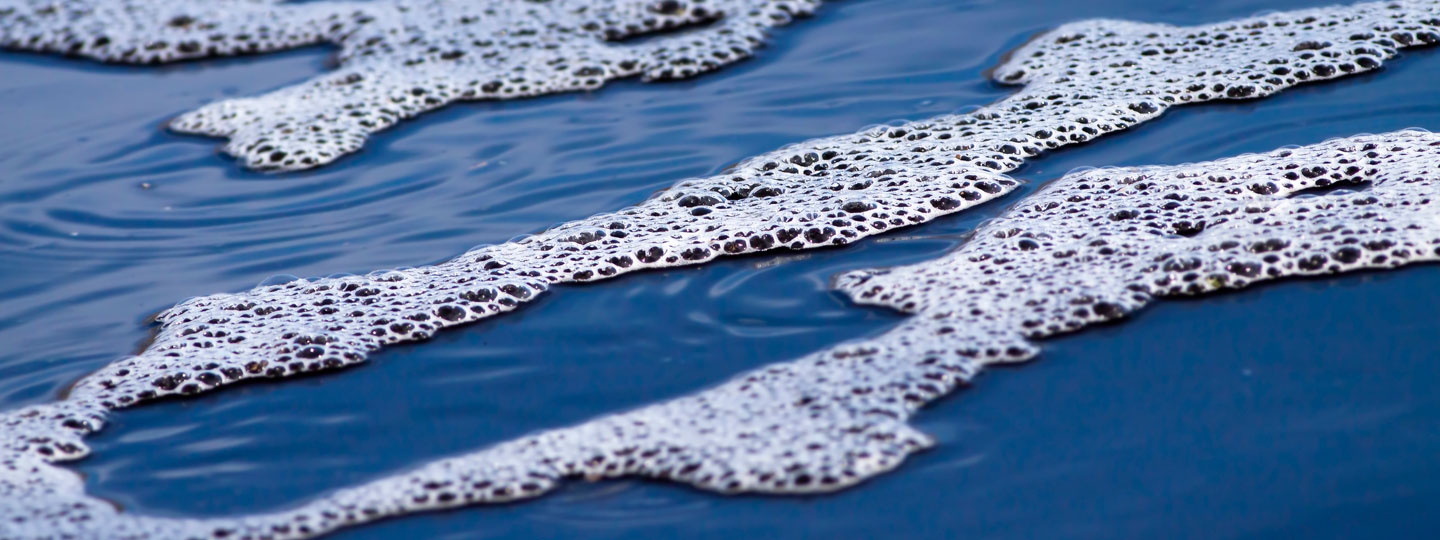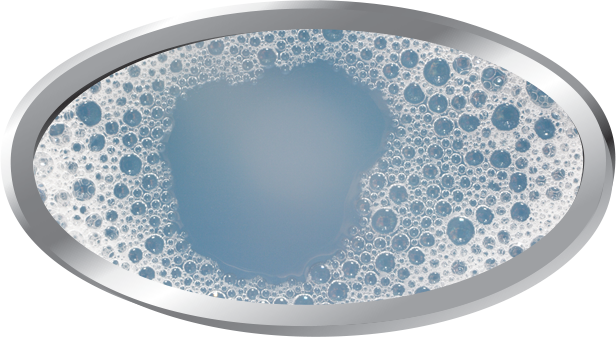The Application of Defoamers in the Pulp and Paper Industry
The Application of Defoamers in the Pulp and Paper Industry
Blog Article
Picking the Right Defoamer for Your Specific Application Demands
Choosing the suitable defoamer for specific application needs is a nuanced procedure that requires careful consideration of multiple factors, such as the foam type, medium, and operating conditions. Recognizing the nuances of defoamer performance-- consisting of rate and persistence-- while additionally accounting for governing and environmental aspects is important.
Recognizing Foam Formation
Foam formation happens when gas is caught within a liquid, developing a stable framework of bubbles. This phenomenon can dramatically impact different industrial processes, especially in fields such as food production, pharmaceuticals, and wastewater therapy. The visibility of foam can hinder mixing, minimize item top quality, and also cause functional inefficiencies.
Foam normally creates as a result of a mix of factors, including surface-active representatives, agitation, and the characteristics of the fluid phase. Surfactants lower the surface tension of the liquid, promoting the formation of bubbles that can coalesce and stabilize. Anxiety, whether from mechanical mixing or gas intro, improves bubble development, causing boosted foam quantity.
Recognizing the mechanics of foam development is important for industries intending to optimize their procedures. By recognizing the particular conditions that promote foam generation, companies can execute strategies to minimize its impacts.
Kinds of Defoamers Available
Different sorts of defoamers are available to resolve the obstacles positioned by foam in industrial applications. defoamers. Generally identified, defoamers come under 3 categories: silicone-based, non-silicone-based, and all-natural defoamers
Silicone-based defoamers are renowned for their effectiveness and stability throughout a vast array of temperature levels and pH degrees. They are usually made use of in applications where strong foam reductions is necessary, such as in paints, finishings, and adhesives. Their reduced surface tension enables for quick foam collapse.
Non-silicone-based defoamers, typically made from natural compounds, use an alternative for applications sensitive to silicone residues. These defoamers can be further split into polyether and ester kinds, each customized to fulfill particular formulation demands. Non-silicone defoamers are frequently made use of in food processing and personal care items due to their compatibility with different formulations.
Natural defoamers, acquired from plant or pet resources, are getting grip due to their eco-friendly profile. These products are specifically appealing in applications where regulative conformity and sustainability are critical, such as in agrochemicals and biotechnology.
Selecting the appropriate kind of defoamer is crucial for enhancing performance and guaranteeing compatibility with particular applications.
Secret Application Factors To Consider
When choosing a defoamer, it is necessary to take into consideration the particular application needs to guarantee ideal efficiency. defoamers. Various sectors have unique demands, such as food handling, pharmaceuticals, or wastewater treatment, and each application might call for distinct defoaming residential properties
Secret variables to review consist of the tool in which the defoamer will certainly be utilized, whether it is water-based, oil-based, or a combination thereof. The temperature level and pH degrees of the application can additionally significantly affect the effectiveness of a defoamer. Additionally, compatibility with various other chemicals present in the system is crucial to stop damaging reactions that could compromise performance.
Another important consideration is the foaming behavior of the details system. Comprehending whether the foam forms quickly or slowly can guide the selection of a defoamer that targets the origin properly. Additionally, the wanted rate of defoaming can affect the option, as some applications call for quick activity while others may endure slower defoaming processes.
Finally, ecological and regulatory factors to consider should not be neglected, particularly in industries with rigorous conformity needs. Choosing click here now a defoamer that straightens with these variables makes certain both effectiveness and safety in the application.

Performance Screening Approaches
Examining the performance of a defoamer needs a methodical method to testing that accurately determines its effectiveness in specific applications. Different performance testing methods can be utilized to ascertain the optimum defoamer for an offered formula.
One typical approach is the bubble test, which examines the defoamer's capacity to minimize foam quantity gradually. This examination includes generating a secure foam and after that adding the defoamer to observe the price of foam collapse. One more method is the vibrant foam examination, where foam is generated under regulated conditions to simulate real-world application scenarios. This strategy provides understandings into exactly how the defoamer does under varying shear conditions.

Eventually, selecting the proper performance testing method depends upon the certain application and the sort of foam being addressed. Each method offers useful information that can guide formula changes and enhance the efficiency of the defoamer in sensible applications.
Finest Practices for Choice


Next, think about the defoamer's performance in regards to rate of activity and persistence. A quick-acting defoamer might be needed for procedures where fast foam reductions is essential, while a more persistent formulation could be needed for prolonged foam control. In addition, review the environmental impact of the defoamer, including its biodegradability and any kind of regulative compliance needs.
Conduct tests with picked defoamers to determine their efficiency in real-world problems. By adhering to these best methods, you can improve foam control performance and ensure the durability of your processes.
Verdict
In recap, selecting the suitable defoamer requires a thorough assessment of different variables, including foam type, medium, operating conditions, and environmental considerations. Recognizing the distinct attributes of foam development and the offered defoamer options is critical. In addition, using reliable performance screening techniques and adhering to best methods during the selection process will enhance the possibility of accomplishing ideal defoaming outcomes. Eventually, a knowledgeable choice method will resolve specific application demands and alleviate frothing the original source challenges efficiently.
Selecting the ideal defoamer for specific application demands is a nuanced process that requires careful factor to consider of numerous factors, such as the foam tool, type, and operating problems.Selecting the ideal defoamer is vital for attaining optimal efficiency in foam control applications. A quick-acting defoamer may be needed for processes where quick foam suppression is important, while a more relentless formulation may be required for prolonged foam control.In summary, selecting the check these guys out proper defoamer demands an extensive assessment of numerous elements, consisting of foam kind, medium, operating conditions, and environmental considerations. Recognizing the special qualities of foam development and the readily available defoamer options is crucial.
Report this page